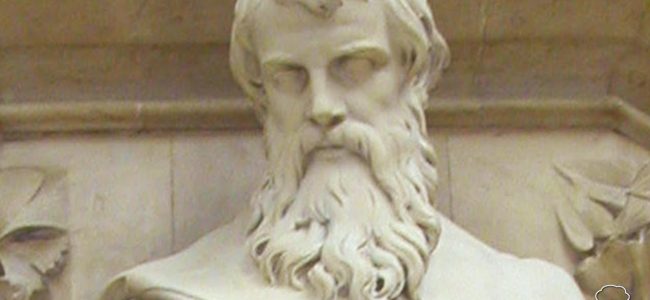Euclide’s Mistakes
The fifth postulate
In Euclid’s geometry, regarding a plane, he uses the concepts point and straight line. He postulates, that a point and a straight line together can define a unique straight line, parallel to the given line and passing through the given point. However, he never provided a proof for this postulate – the fifth postulate.
Euclid’s definition
Not parallel lines have one common point. Euclid tried to define parallel lines by a negation of this statement. Double negation (not not parallel) is problematic in definitions, and not one common point means, either zero or at least 2, common points. Here Euclid made a small error, by not observing the second alternative. At least 2 points means not separated parallelism. Therefore, Euclid defines only the first kind of (separated) parallelism. We could say: parallel lines either never meet or never separate; but this is 2 definitions. Euclid avoided this small mistake, by stating that the given point must be outside the given line.
However, more important is, that Euclid made a large and devastating error also, when he made a definition that was based on a point that did not exist. Euclid’s definition is therefore useless.
Another definition
We need one definition – not two. A simple, and clear, definition is to state that, parallel lines have constant separation. Separation means distance along a line in a right angle to one of the lines. By allowing separation to include the value zero we get one definition, and we do not have to cover up for Euclid’s small mistake, by demanding the given point to be outside the given line.
If we substitute parallelism with constant separation, and combine that with the fact that 2 points define a unique straight line, we get a possibility to prove the fifth postulate.
Conclusions
- Euclid defined parallelism by using a point that did not exist.
- We can have a simple and clear definition of parallelism by stating that parallelism means constant separation.
Remarks
- According to the definition of parallelism given here: 2 circles can be parallel, if they are concentric.
- It seems uncertain whether Euclid should be regarded as author, or as editor, of his work The Elements.
John-Erik Persson




